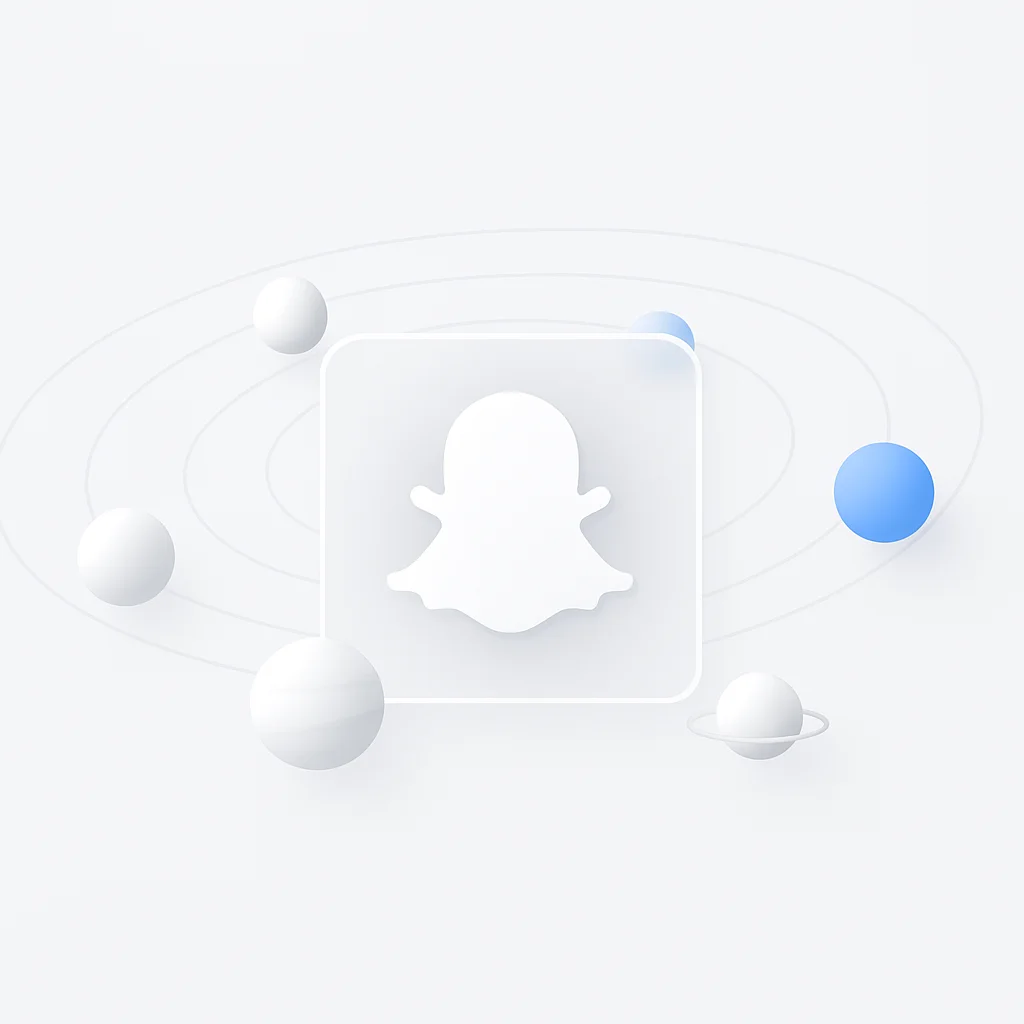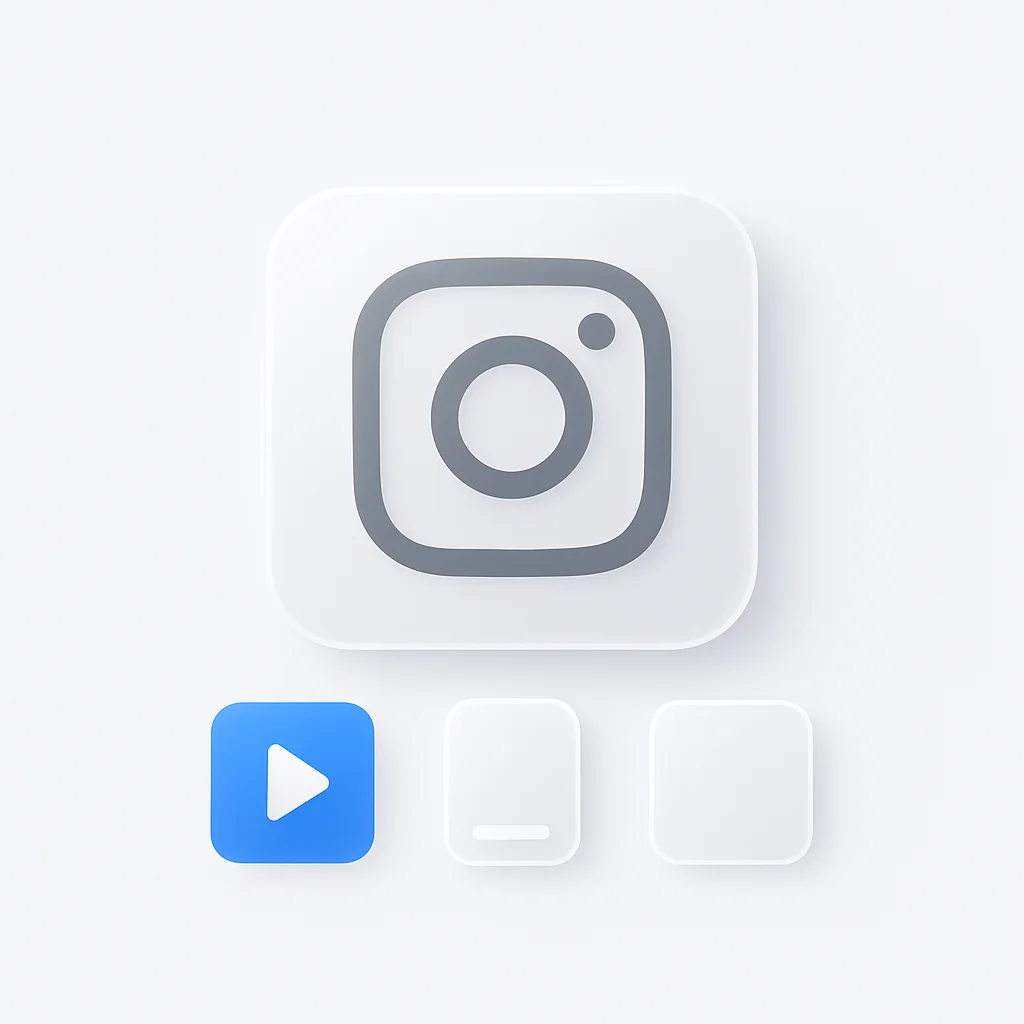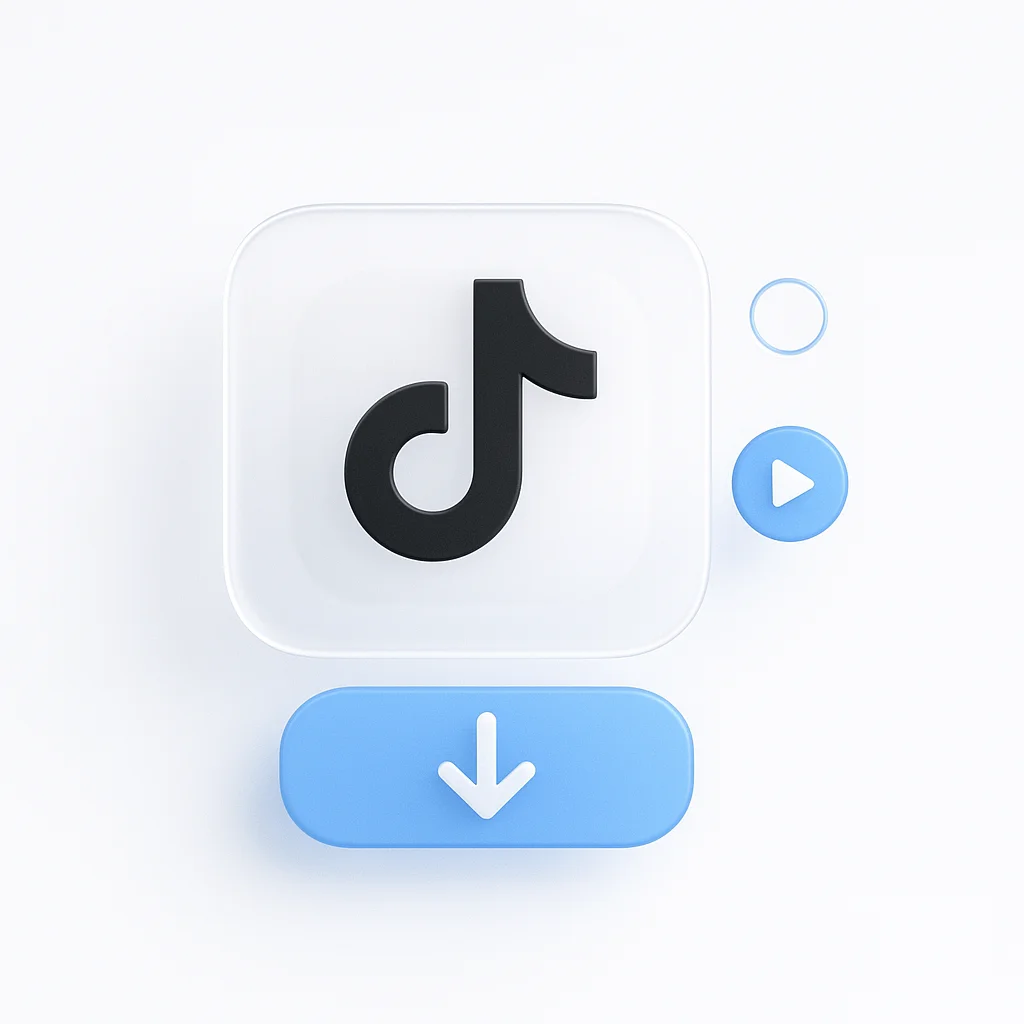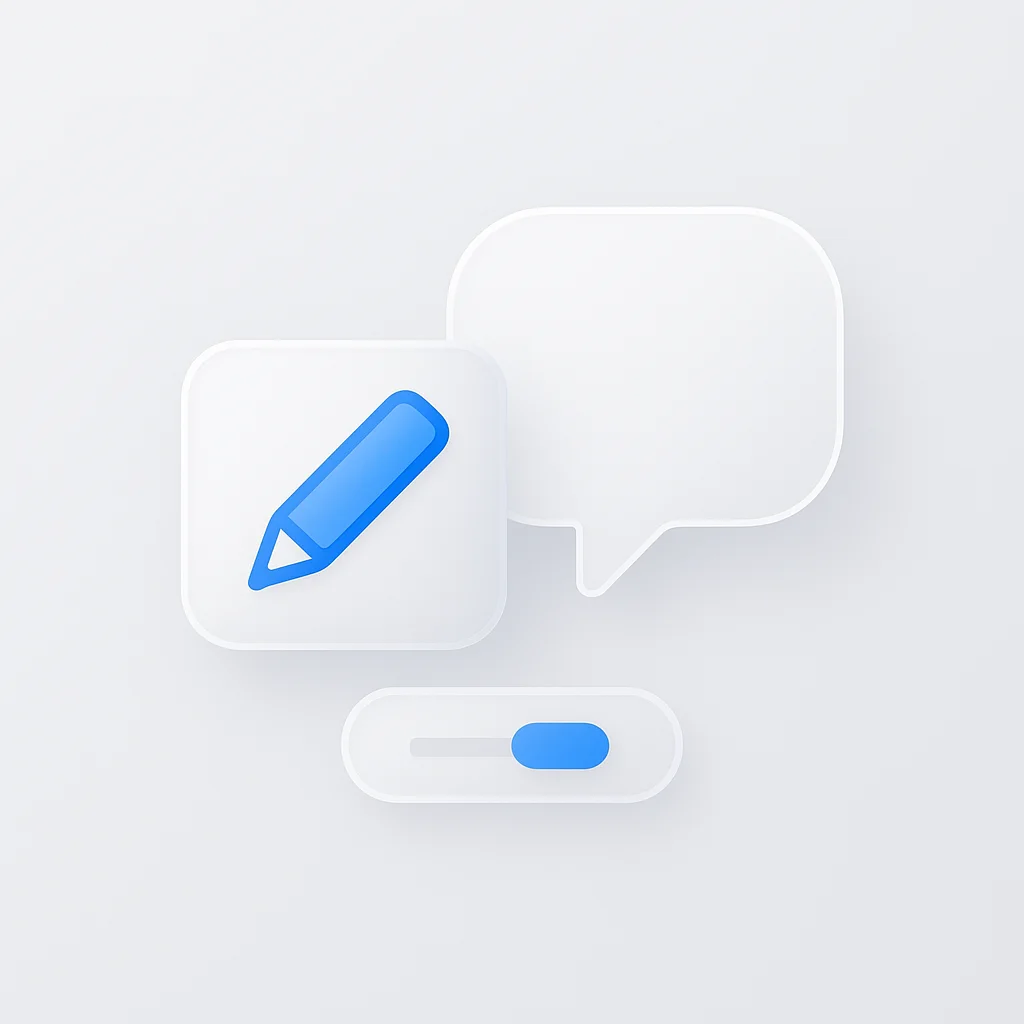Have you ever looked at a friend’s profile on Snapchat and seen a badge that says ‘Best Friends’ with a planet like Mars or Earth next to it? You’ve just discovered the Friend Solar System, one of Snapchat’s most popular new features. But what does it actually mean?
The app itself doesn’t make the order or meanings of these planets obvious, leaving many users confused. Are you their Mercury or their Saturn? And is that a good thing?
This is your complete guide to the Snapchat Solar System for 2025. We’ll break down the exact planets order, what each planet means, how to get this feature, and answer all your common questions.
Quick Answer: Snapchat Planets Order - Meanings Chart
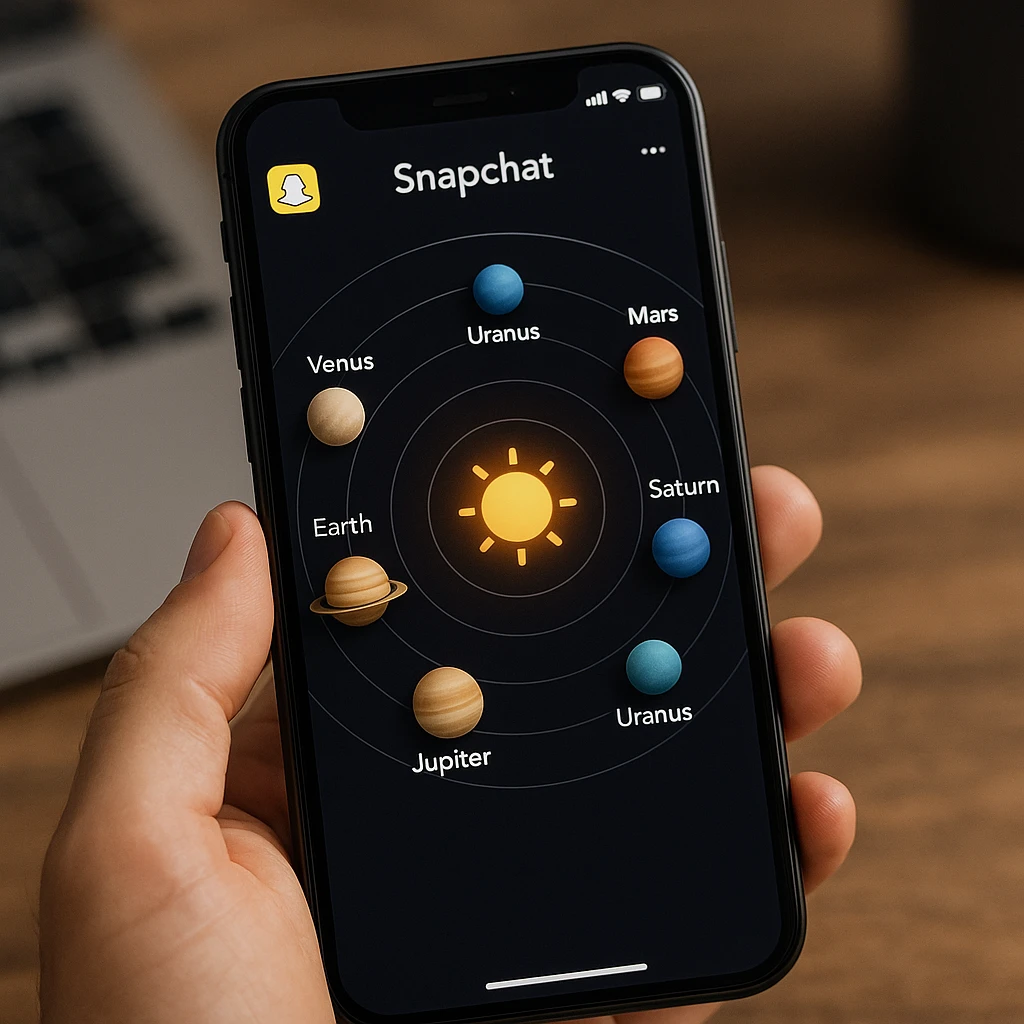
The Friend Solar System positions you as the Sun (☀️). The planets represent your 8 closest friends, with Mercury being the closest and Neptune being the furthest.
| Rank | Planet | Meaning | Is it Mutual? |
|---|---|---|---|
| #1 BSF | Mercury | They are your #1 Best Friend. | Yes |
| #2 BSF | Venus | They are your #2 Best Friend. | Yes |
| #3 BSF | Earth | They are your #3 Best Friend. | Yes |
| #4 BSF | Mars | They are your #4 Best Friend. | Yes |
| #5 BSF | Jupiter | They are your #5 Best Friend. | Yes |
| #6 BSF | Saturn | They are your #6 Best Friend. | Yes |
| #7 BSF | Uranus | They are your #7 Best Friend. | Yes |
| #8 BSF | Neptune | They are your #8 Best Friend. | Yes |
Note: The “Best Friends” status itself must be mutual to appear on this list, but the specific rank (#1, #2, etc.) is from your perspective.
What is the Snapchat Friend Solar System?
The Snapchat Friend Solar System is an exclusive feature for Snapchat+ subscribers that visually represents your Best Friends list as a solar system. You are positioned as the Sun, and your top 8 best friends become the planets orbiting around you.
The closer the planet is to the Sun in the list, the closer your friendship is on Snapchat. This feature provides a more detailed, personal view of your social circle compared to the classic Best Friend emojis.
According to recent social media usage statistics, over 60% of Snapchat users are curious about their friendship rankings, making this feature highly engaging for the platform’s user base.
How to Get the Friend Solar System on Your Snapchat
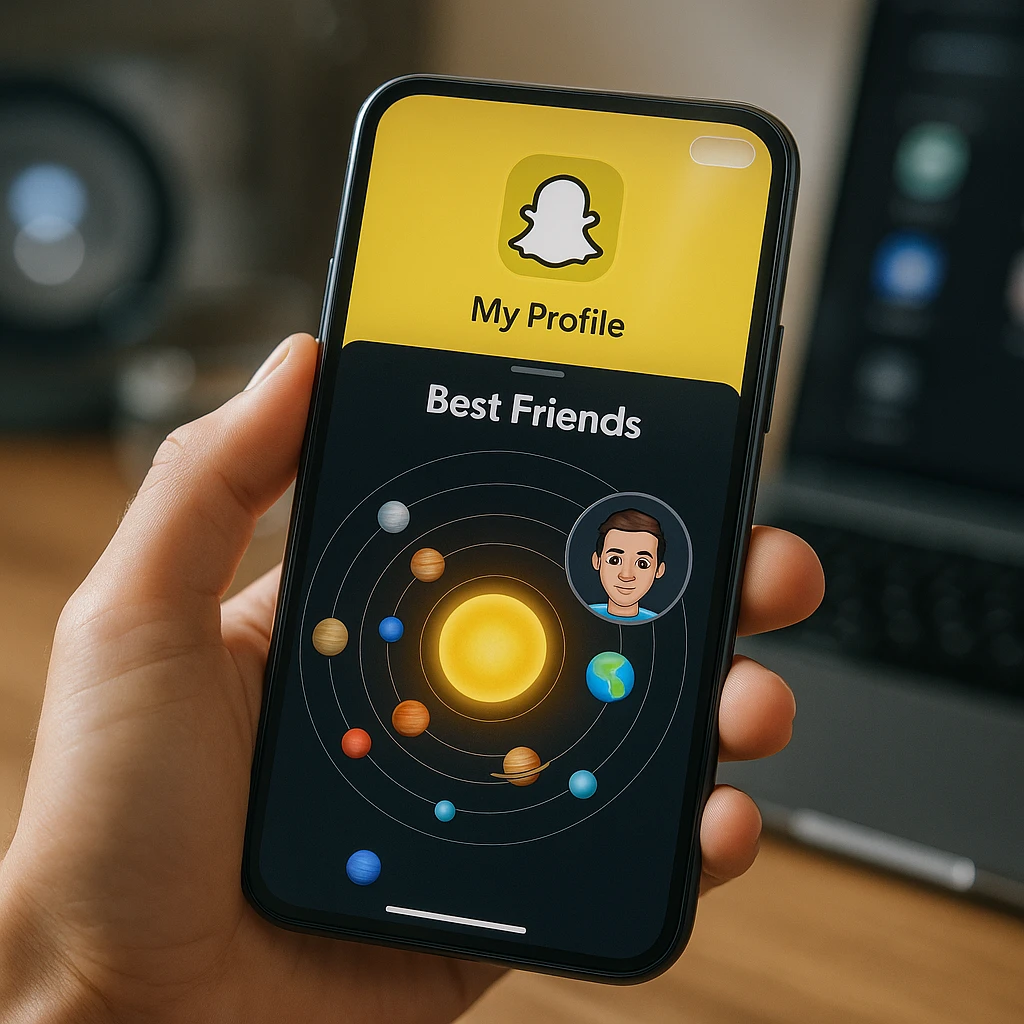
Getting the Friend Solar System feature requires a Snapchat+ subscription. Here’s how to enable it:
Open Snapchat and tap on your Profile icon (Bitmoji) in the top-left
This will take you to your profile page where you can access subscription options.
Tap on the "Snapchat+" banner under your name
Look for the Snapchat+ subscription banner that appears below your username and Bitmoji.
Choose a subscription plan and subscribe
Select either the monthly or annual plan based on your preference and complete the subscription.
Navigate to the Friendship Profile of someone on your Best Friends list
Once subscribed, go to any friend who appears on your Best Friends list.
Tap on the "Best Friends" badge with a gold border to view their planet
You'll see a "Best Friends" badge with a gold border. Tap it to see which planet they are in your Solar System.
Solar System vs. Best Friend Emojis: What’s the Difference?
Understanding the difference between these two features helps clarify how Snapchat’s friendship system works:
Best Friend Emojis (💛❤️💕)
- Free feature available to all users
- Appear next to a friend’s name in your chat list
- Based on mutual interaction and snap frequency
- Show the strength of your mutual friendship
- Classic feature that’s been around since Snapchat’s early days
Friend Solar System
- Paid Snapchat+ feature only
- More detailed, one-way ranking system
- Only visible to you on your friends’ profiles
- Provides a ranked list from 1 to 8 (Mercury to Neptune)
- Gives you insight into your personal friendship hierarchy
The key difference is that the Solar System shows your personal ranking of friends, while the emojis represent mutual friendship strength. This makes the Solar System particularly valuable for understanding your own social patterns and preferences.
Troubleshooting: Why Don’t I See the Solar System?
If you’re not seeing the Friend Solar System feature, here are the most common reasons and solutions:
You are not subscribed to Snapchat+
This is the most common reason. The Friend Solar System is an exclusive feature for Snapchat+ subscribers. You'll need to upgrade to access this feature.
The friend is not on your Best Friends list
The system only shows planets for your top 8 friends. If someone isn't in your Best Friends list, they won't appear in your Solar System.
Your app needs to be updated
Make sure you're running the latest version of Snapchat. The Solar System feature was introduced in recent updates and may not be available on older versions.
There might be a temporary glitch
Try restarting the app or checking back later. Sometimes the feature may take a moment to appear after subscribing.
How the Snapchat Solar System Updates
The Friend Solar System updates based on your interaction patterns with friends. Here’s what affects your planetary rankings:
- Snap frequency: How often you send and receive snaps
- Chat activity: Regular messaging and conversation
- Story views: Consistently viewing each other’s stories
- Call frequency: Voice and video calls through Snapchat
- Overall engagement: Any interaction that strengthens your friendship bond
The rankings typically update every few days, so changes in your friendship dynamics will be reflected in the planetary positions over time.
Understanding Your Planetary Position
Being someone’s Mercury (their #1 Best Friend) is generally considered the most prestigious position, indicating the strongest friendship bond. However, each planetary position has its own significance:
Mercury
☿️Your closest confidant and most frequent contact
Venus
♀️A very close friend you interact with regularly
Earth
🌍A solid, reliable friendship
Mars
♂️A good friend with consistent interaction
Jupiter
♃A friend you maintain regular contact with
Saturn
♄A friend you interact with occasionally
Uranus
⛢A friend you connect with less frequently
Neptune
♆A friend you interact with the least among your top 8
Remember that these positions are dynamic and can change based on your interaction patterns. A friend who was your Mercury last month might become your Venus this month if your communication patterns shift.
The Psychology Behind the Solar System Feature
Snapchat’s Friend Solar System taps into several psychological principles that make it engaging:
Social Comparison
Users naturally want to know where they rank among their friends
Gamification
The planetary theme makes friendship ranking feel like a game
Exclusivity
Being a Snapchat+ feature creates a sense of premium access
Personalization
Each user's Solar System is unique to their social circle
This feature has been particularly successful in driving Snapchat+ subscriptions, as users are curious about their friendship dynamics and willing to pay for this insight.
Conclusion
The Snapchat Solar System is a fun, visual way for Snapchat+ subscribers to get a deeper insight into their friendship rankings. It turns your top 8 best friends into planets orbiting you the Sun with the order from Mercury to Neptune revealing exactly how close you are.
While the classic emojis are for mutual best friends, the Solar System gives you a more detailed, personal view of your social circle. The feature combines social psychology with modern app design to create an engaging way to understand your digital relationships.
Remember, the key to climbing the ranks in a friend’s solar system is consistent interaction! Whether you’re trying to become someone’s Mercury or just curious about your current position, the Solar System provides valuable insights into your Snapchat friendships.
Frequently Asked Questions (FAQ)
Is the Snapchat Solar System mutual?
No, the Solar System is one-way and only visible to you. While the "Best Friends" status must be mutual to appear in your Solar System, the specific planetary ranking (Mercury, Venus, etc.) is your personal view of that friendship. Your friends won't see which planet they are in your system.
Can other people see my Friend Solar System?
No, your Friend Solar System is completely private and only visible to you. Your friends cannot see their planetary position in your system, nor can they see your overall Solar System layout.
How often does the Snapchat planets order update?
The planetary rankings typically update every few days based on your interaction patterns. Major changes in friendship dynamics may take a week or more to reflect in the new order.
What is the difference between the Solar System and the "Friendship Orbit"?
The "Friendship Orbit" is a different Snapchat+ feature that shows how long you've been friends with someone. The Solar System shows your current friendship ranking, while the Orbit shows the duration of your friendship.
How do I become someone's #1 Best Friend (Mercury) on Snapchat?
To become someone's Mercury (their #1 Best Friend), you need to interact with them more frequently than anyone else. This includes sending snaps, chatting regularly, viewing their stories, and maintaining consistent engagement. The algorithm prioritizes recent and frequent interactions.
What does the bsf list planets mean?
BSF stands for "Best Friends." The BSF list planets refer to the 8 planets in your Friend Solar System, each representing one of your top 8 best friends on Snapchat, ranked from Mercury (closest) to Neptune (furthest).
